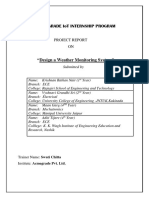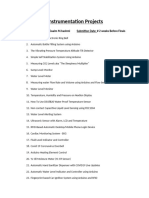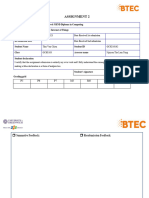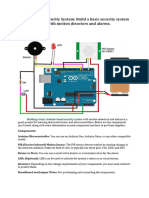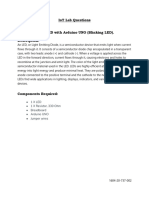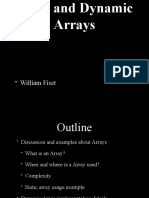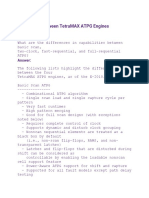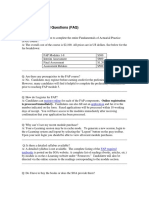0% found this document useful (0 votes)
12 views6 pagesProjects
This document provides a comprehensive guide on microcontrollers used in consumer electronics, detailing key types such as Atmel AVR, Microchip PIC, and ARM Cortex-M, along with their applications and selection criteria. It also introduces Arduino starter kits, highlighting their components, benefits, and recommendations for beginners. Additionally, it outlines projects like a temperature and humidity monitor using Arduino and an IoT-enabled smart home monitoring system with ESP32, emphasizing learning objectives and possible enhancements.
Uploaded by
Patale AkshayCopyright
© © All Rights Reserved
We take content rights seriously. If you suspect this is your content, claim it here.
Available Formats
Download as PDF, TXT or read online on Scribd
0% found this document useful (0 votes)
12 views6 pagesProjects
This document provides a comprehensive guide on microcontrollers used in consumer electronics, detailing key types such as Atmel AVR, Microchip PIC, and ARM Cortex-M, along with their applications and selection criteria. It also introduces Arduino starter kits, highlighting their components, benefits, and recommendations for beginners. Additionally, it outlines projects like a temperature and humidity monitor using Arduino and an IoT-enabled smart home monitoring system with ESP32, emphasizing learning objectives and possible enhancements.
Uploaded by
Patale AkshayCopyright
© © All Rights Reserved
We take content rights seriously. If you suspect this is your content, claim it here.
Available Formats
Download as PDF, TXT or read online on Scribd
/ 6






